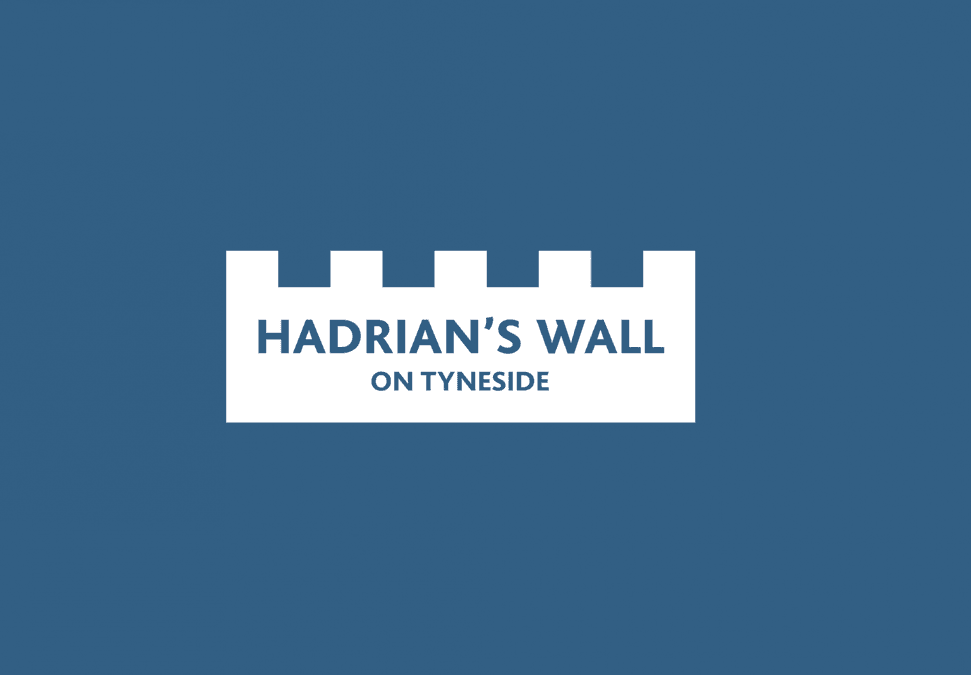The great frontier of the Empire
Tyne & Wear Archives & Museums
We bring you art, history, science, archives...you bring it to life

Hadrian’s Wall, the great frontier of the Roman Empire, began on what is now Tyneside.
It ran for 73 miles across Northern Britain from the mouth of the River Tyne to the Solway Firth.
You can discover this exciting World Heritage Site at three of our venues, all just a short walk from Tyne & Wear Metro stations.
Located in the heart of Newcastle city centre, the Great North Museum: Hancock contains a Roman collection of international significance from along the length of Hadrian's Wall and its outpost forts. Highlights include:
Located on the River Tyne at Wallsend, Segedunum Roman Fort guarded the eastern end of Hadrian's Wall. The fort, together with its port and small town, was a key place on the frontier. A UNESCO World Heritage site, it is the most excavated fort along the Wall. Highlights include:
Explore the line of the Wall from Segedunum westwards through Newcastle to Heddon in this video - Gannin' Alang the Wall
Arbeia, South Shields Roman Fort, standing above the entrance to the River Tyne, guarded the main sea route to Hadrian's Wall and was a key garrison and military supply base to other forts along the Wall. Highlights include: